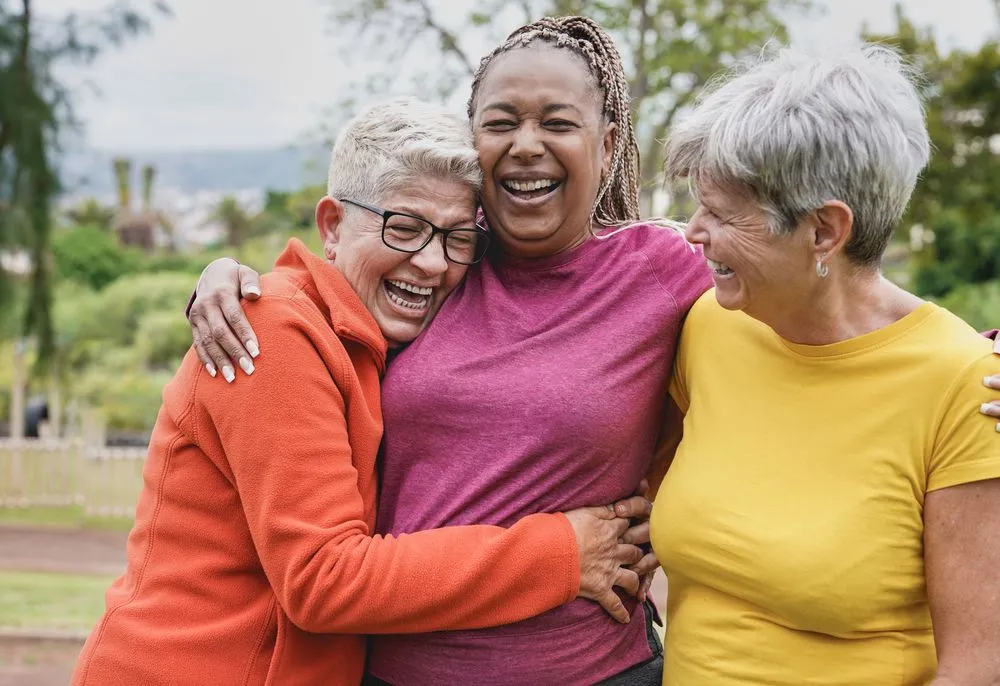What Are Treatments for Acute Lymphocytic Leukemia?
Treatment for acute lymphocytic leukemia (ALL) involves several phases and can include different therapies such as chemotherapy, targeted drugs, stem cell transplants, immunotherapy, and clinical trials. The right treatment plan depends on your age, type of ALL, and other health conditions. Explore the eight main treatment options below to learn more:
Induction Therapy
This first phase aims to kill leukemia cells in the blood and bone marrow to put the disease into remission. It usually lasts 4-6 weeks, often requiring a hospital stay.
Common therapies used in induction therapy include:
- Vincristine (Oncovin)
- Anthracyclines like daunorubicin (Cerubidine) or doxorubicin (Adriamycin)
- Corticosteroids like prednisone or dexamethasone
- Pegaspargase (Oncaspar) and possibly cyclophosphamide (Cytoxan)
Additionally, intrathecal chemotherapy (delivered directly into the cerebrospinal fluid) is used throughout treatment to prevent leukemia from spreading to the brain and spine. Drugs like methotrexate, cytarabine, and corticosteroids are often used for this.
Consolidation Therapy
This phase is designed to destroy any leftover leukemia cells that could trigger a relapse. It often involves higher doses of chemotherapy than in the induction phase.
Common therapies include:
- High-dose methotrexate
- Cytarabine
- Vincristine (Oncovin)
- 6-mercaptopurine (6-MP)
- Cyclophosphamide (Cytoxan)
- Pegaspargase (Oncaspar)
- Corticosteroids like prednisone or dexamethasone
Maintenance Therapy
Once consolidation therapy is complete, maintenance therapy helps prevent the leukemia from returning by using lower doses of chemotherapy over a longer period. Most treatments are taken at home.
Maintenance therapy usually involves the following drugs:
- 6-mercaptopurine
- Methotrexate
- Vincristine
- Corticosteroids
Stem Cell Transplant
A stem cell transplant may be recommended for some patients, particularly if ALL has high-risk features or returns after treatment. In an allogeneic stem cell transplant, stem cells come from a matched donor and are used to replace diseased cells after high-dose chemotherapy.
Targeted Therapy
Some types of ALL can be treated with targeted therapies, which are drugs that attack specific changes in leukemia cells. One of the most common targets is the Philadelphia chromosome, which is treated using tyrosine kinase inhibitors (TKIs). TKIs block the signals that tell leukemia cells to grow, helping to kill them while sparing healthy cells.
Examples of TKIs include:
- Imatinib (Gleevec)
- Dasatinib (Sprycel)
- Nilotinib (Tasigna)
- Ponatinib (Iclusig)
- Bosutinib (Bosulif)
Immunotherapy
Immunotherapy helps your immune system recognize and fight leukemia cells. It includes:
- Blinatumomab (Blincyto): A monoclonal antibody that brings cancer and immune cells together, helping your immune system attack leukemia cells.
- Inotuzumab ozogamicin (Besponsa): A drug that attaches chemotherapy directly to leukemia cells.
- CAR T-cell therapy: This treatment uses your own T-cells, re-engineered to better attack cancer. Examples include:
- Brexucabtagene autoleucel (Tecartus) for adults
- Tisagenlecleucel (Kymriah) for children and young adults
Radiation Therapy
While not a common first-line treatment, radiation therapy may be used if leukemia has spread to the brain, spine, or other areas. It can also shrink tumors causing problems or reduce bone pain caused by ALL.
Clinical Trials
Clinical trials give patients access to new, cutting-edge treatments not yet widely available. These trials are not just for those who have exhausted other options; they could be the best treatment for you, depending on your situation. Discuss clinical trials with your doctor, including goals and possible side effects.
To learn more about your ALL clinical trial options, explore the button below.
HealthTree ALL Clinical Trial Finder
Treatment for acute lymphocytic leukemia (ALL) involves several phases and can include different therapies such as chemotherapy, targeted drugs, stem cell transplants, immunotherapy, and clinical trials. The right treatment plan depends on your age, type of ALL, and other health conditions. Explore the eight main treatment options below to learn more:
Induction Therapy
This first phase aims to kill leukemia cells in the blood and bone marrow to put the disease into remission. It usually lasts 4-6 weeks, often requiring a hospital stay.
Common therapies used in induction therapy include:
- Vincristine (Oncovin)
- Anthracyclines like daunorubicin (Cerubidine) or doxorubicin (Adriamycin)
- Corticosteroids like prednisone or dexamethasone
- Pegaspargase (Oncaspar) and possibly cyclophosphamide (Cytoxan)
Additionally, intrathecal chemotherapy (delivered directly into the cerebrospinal fluid) is used throughout treatment to prevent leukemia from spreading to the brain and spine. Drugs like methotrexate, cytarabine, and corticosteroids are often used for this.
Consolidation Therapy
This phase is designed to destroy any leftover leukemia cells that could trigger a relapse. It often involves higher doses of chemotherapy than in the induction phase.
Common therapies include:
- High-dose methotrexate
- Cytarabine
- Vincristine (Oncovin)
- 6-mercaptopurine (6-MP)
- Cyclophosphamide (Cytoxan)
- Pegaspargase (Oncaspar)
- Corticosteroids like prednisone or dexamethasone
Maintenance Therapy
Once consolidation therapy is complete, maintenance therapy helps prevent the leukemia from returning by using lower doses of chemotherapy over a longer period. Most treatments are taken at home.
Maintenance therapy usually involves the following drugs:
- 6-mercaptopurine
- Methotrexate
- Vincristine
- Corticosteroids
Stem Cell Transplant
A stem cell transplant may be recommended for some patients, particularly if ALL has high-risk features or returns after treatment. In an allogeneic stem cell transplant, stem cells come from a matched donor and are used to replace diseased cells after high-dose chemotherapy.
Targeted Therapy
Some types of ALL can be treated with targeted therapies, which are drugs that attack specific changes in leukemia cells. One of the most common targets is the Philadelphia chromosome, which is treated using tyrosine kinase inhibitors (TKIs). TKIs block the signals that tell leukemia cells to grow, helping to kill them while sparing healthy cells.
Examples of TKIs include:
- Imatinib (Gleevec)
- Dasatinib (Sprycel)
- Nilotinib (Tasigna)
- Ponatinib (Iclusig)
- Bosutinib (Bosulif)
Immunotherapy
Immunotherapy helps your immune system recognize and fight leukemia cells. It includes:
- Blinatumomab (Blincyto): A monoclonal antibody that brings cancer and immune cells together, helping your immune system attack leukemia cells.
- Inotuzumab ozogamicin (Besponsa): A drug that attaches chemotherapy directly to leukemia cells.
- CAR T-cell therapy: This treatment uses your own T-cells, re-engineered to better attack cancer. Examples include:
- Brexucabtagene autoleucel (Tecartus) for adults
- Tisagenlecleucel (Kymriah) for children and young adults
Radiation Therapy
While not a common first-line treatment, radiation therapy may be used if leukemia has spread to the brain, spine, or other areas. It can also shrink tumors causing problems or reduce bone pain caused by ALL.
Clinical Trials
Clinical trials give patients access to new, cutting-edge treatments not yet widely available. These trials are not just for those who have exhausted other options; they could be the best treatment for you, depending on your situation. Discuss clinical trials with your doctor, including goals and possible side effects.
To learn more about your ALL clinical trial options, explore the button below.
HealthTree ALL Clinical Trial Finder
Trending Articles
Get the Latest Acute Lymphoblastic Leukemia Updates, Delivered to You.
By subscribing to the HealthTree newsletter, you'll receive the latest research, treatment updates, and expert insights to help you navigate your health.
Together we care.
Together we cure.
3x Faster.




